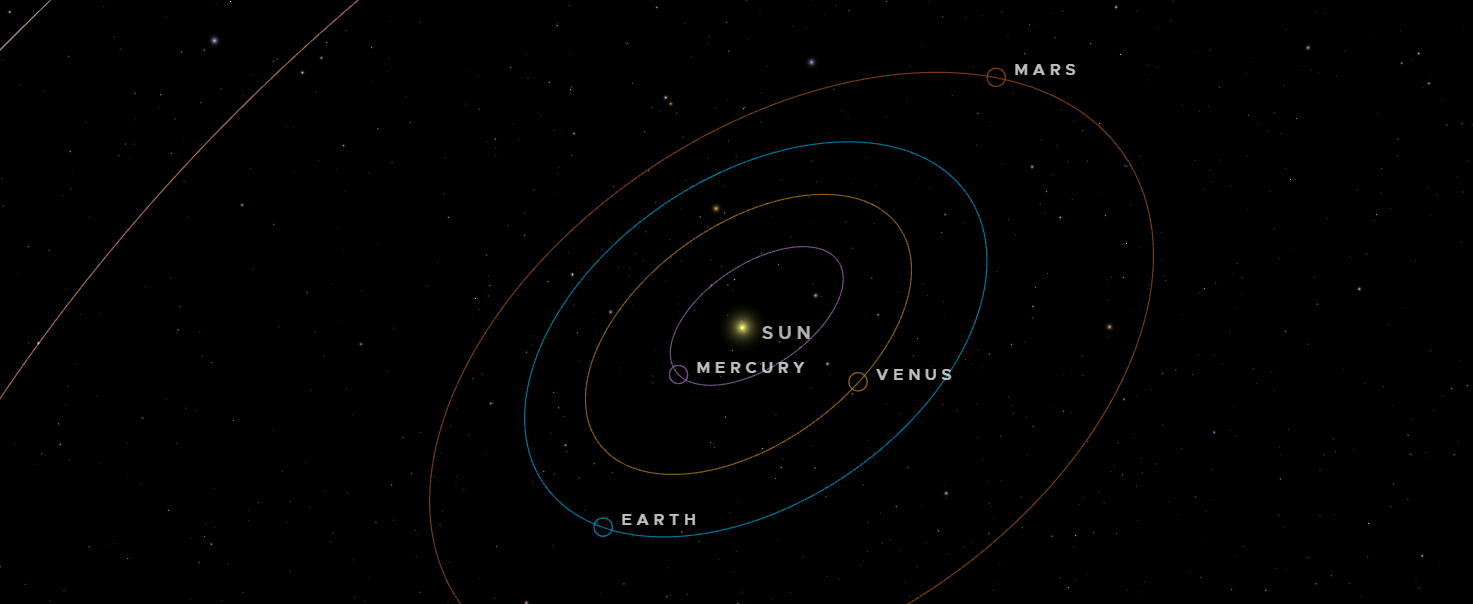
Our solar system has one star, eight planets, five officially recognized dwarf planets, at least 290 moons, more than 1.3 million asteroids, and about 3,900 comets.
It is located in an outer spiral arm of the Milky Way galaxy called the Orion Arm, or Orion Spur. Our solar system orbits the center of the galaxy at about 515,000 mph (828,000 kph). It takes about 230 million years to complete one orbit around the galactic center.
We call it the solar system because it is made up of our star, the Sun, and everything bound to it by gravity – the planets:
along with hundreds of moons; and millions of asteroids, comets, and meteoroids.
Our solar system is the only one we know of that has a planet that supports life.
Our solar system can be divided into three regions: the inner solar system, the outer solar system, and the Kuiper Belt and Oort Cloud.

The inner, rocky planets are Mercury, Venus, Earth, and Mars. These worlds also are known as terrestrial planets because they have solid surfaces. Mercury, Earth, and Mars are currently being explored by spacecraft. Two rovers are on the surface of Mars. NASA's newest rover — Perseverance — landed on Mars on Feb. 18, 2021. Three missions are in development to return to Venus.

The outer planets are gas giants Jupiter and Saturn and ice giants Uranus and Neptune. NASA's Juno spacecraft is on an extended mission at Jupiter and ESA's JUICE mission is on the way. NASA also is building Europa Clipper and Dragonfly to explore moons of Jupiter and Saturn.
Beyond Neptune, a newer class of smaller worlds called dwarf planets reign, including longtime favorite Pluto. NASA's New Horizons spacecraft visited there in 2015, and is currently exploring the Kuiper Belt beyond Pluto. Thousands more planets have been discovered beyond our solar system. Scientists call them exoplanets (exo means "from outside").